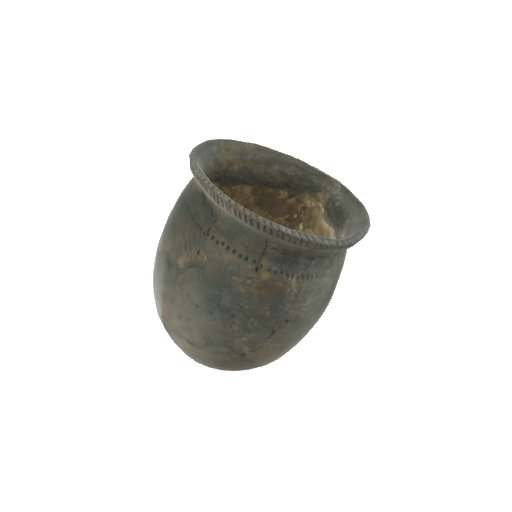Pottery
This circular-shaped pot is a terracotta jar used for cooking or storing food.
Populations in northeastern North America begin making earthenware containers approximately three thousand years ago. This craft is mainly practised by the Iroquoian peoples, who are more sedentary.
Pottery is made from clay that has been stripped of impurities and rocks. It is then shaped and fired to make it hard and resistant.
The making and, especially, the decorating of pottery are women’s tasks. The motifs applied to the pottery are often identity symbols. Each community, even each family, creates its own designs to distinguish itself from others. These items reveal the extent of the trade networks between Indigenous peoples and the movement of populations. Common motifs on St. Lawrence Iroquoian pottery include corncob or ladder motifs, and reed prints.
References
Date: Circa 500
Origin: Pennsylvania, United States
Owner: Vieux moulin—Hydromellerie et miellerie. “Musée de la Neufve-France” private collection. Sainte-Flavie.
Sources:
Le Moine, J.-B. (2015). Deux attributs emblématiques des poteries des Iroquoiens du Saint-Laurent: le motif en échelle et l’empreinte de roseau [Two emblematic attributes of St. Lawrence Iroquoians’ pottery: ladder and reed-print patterns]. Recherche amérindiennes au Québec, 45(2-3). https://id.erudit.org/iderudit/1038045ar
Pointe-à-Callière, cité d’archéologie et d’histoire de Montréal. (n.d.). Vase bord crestellations [Vase rim castellations]. ARCHÉOLAB.QUÉBEC. Retrieved October 2, 2022, from https://www.archeolab.quebec/archeobazar/premiers-occupants-du-territoire/les-iroquoiens
